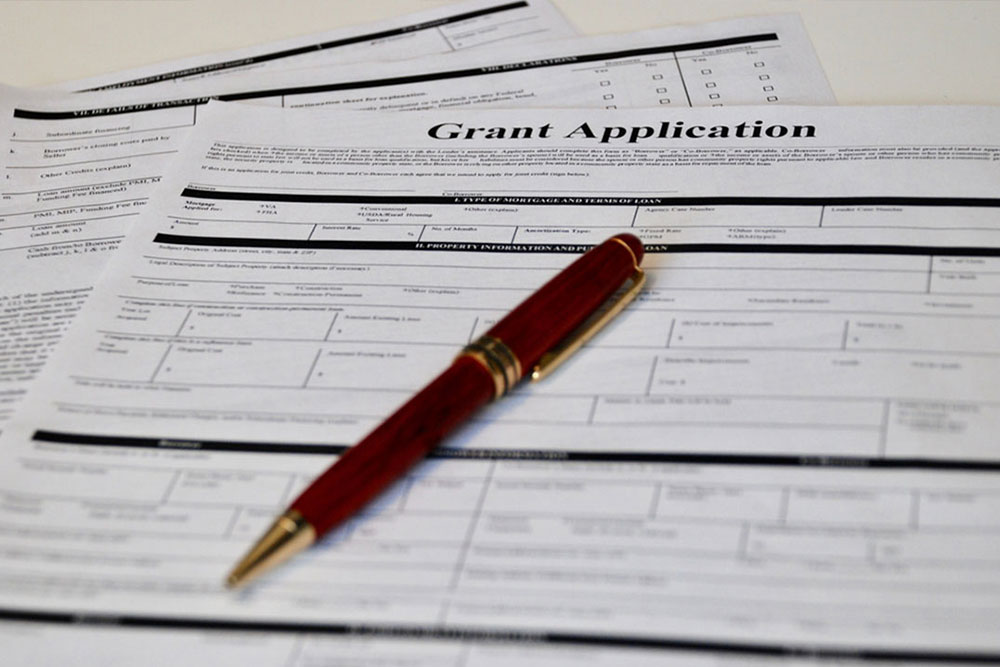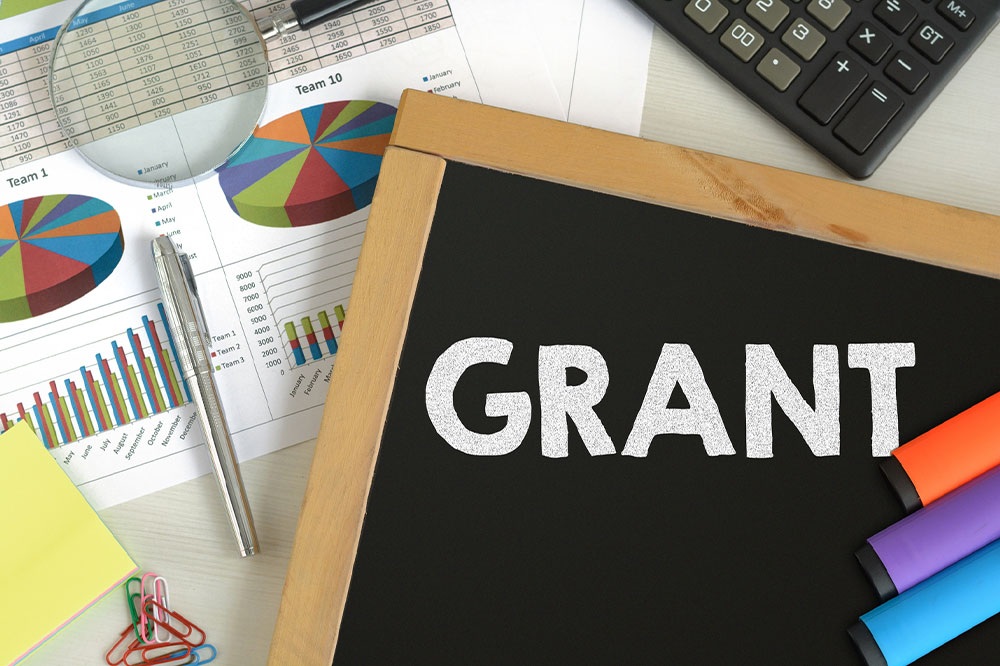Essential Insights into Government-Supported Loan Programs
Explore essential facts about government-supported loans, including their types, application process, and benefits. Understand how these programs foster economic growth, assist veterans, support rural communities, and aid disaster recovery. This comprehensive guide helps individuals and businesses navigate available funding options to achieve their goals with confidence.

Essential Insights into Government-Supported Loan Programs
Securing a loan is a frequent step for many individuals and organizations aiming for growth and development. These financial resources are sometimes crucial for expanding businesses or strengthening communities. Various government initiatives provide funding opportunities tailored to different needs. The official portal, GovLoans.gov, offers comprehensive information to help applicants understand available options.
Below are key points to grasp about government-supported loans:
1. What are government-supported loans?
The United States government offers diverse loan programs across sectors to assist businesses, communities, and individuals.
These loans serve those who may not qualify for private financing. They foster entrepreneurship, aid veterans, support disaster-affected areas, and contribute to national economic growth—all while offering long-term benefits and competitive interest rates.
2. How do government loans function?
These loans aim to promote individual progress and bridge gaps in capital. Once repaid, the funds—comprising principal and interest—return to the government. Although government budgets may not directly fund these loans, they are backed by the government’s guarantee, ensuring lenders’ security. In cases of default, the government covers the repayment to lenders, often funded through taxes.
This guarantee system encourages lenders to extend credit to applicants who might otherwise be declined. The government’s backing reduces risks for borrowers and lenders alike.
3. Application process overview
Applicants should identify the loan type that best suits their needs through thorough research on official government websites. They can apply directly for government-funded loans or for private loans with government guarantees. Preparation involves understanding the eligibility criteria and submitting necessary documentation.
4. Common categories of government-backed loans
The government offers various loan programs catering to different groups and purposes:
Student Loans
Financial aid aimed at undergraduate, graduate, or specialized research programs. Certain loans target careers like healthcare—such as nursing, pediatrics, or reproductive health—and may include provisions for international study, often with additional conditions.
Housing Assistance
Support for homebuyers includes reduced interest rate loans, energy-efficient upgrades, and repair programs. These secured loans are generally safe due to collateral, making them accessible and reliable options for homeowners.
Agricultural Funding
Loans designed to promote farming and rural development. They can support investments in equipment, livestock, infrastructure, and land improvements, including cold storage and processing facilities, aligned with eligibility rules. These programs also extend to fishing, aquaculture, and related sectors.
Business Financing
Supporting startups and established companies to stimulate innovation, job creation, and market competition. Funding can be used for equipment, property, or operational needs. Small and midsized enterprises with high growth potential are also eligible.
Veterans’ Support
Loans available for active service members, veterans, reservists, and surviving spouses. Funds can assist with home purchases, refinancing, or managing existing debts, easing reintegration into civilian life.
Disaster Relief Loans
Financial aid for victims impacted by natural or man-made calamities. They help restore homes, businesses, and agricultural operations in designated disaster zones, aiding recovery efforts.
Note:
The content provided here is based on research, publicly available data, and expert insights. Since policies may change, and individual circumstances vary, consulting a financial professional before applying for any loan is advisable. We disclaim responsibility for inaccuracies or variations in information due to evolving financial scenarios.










